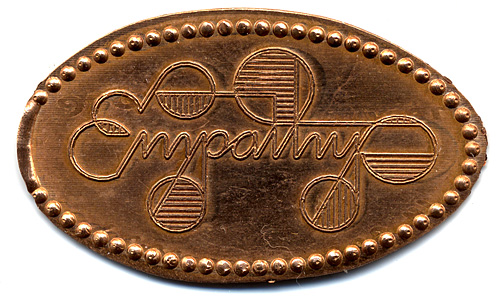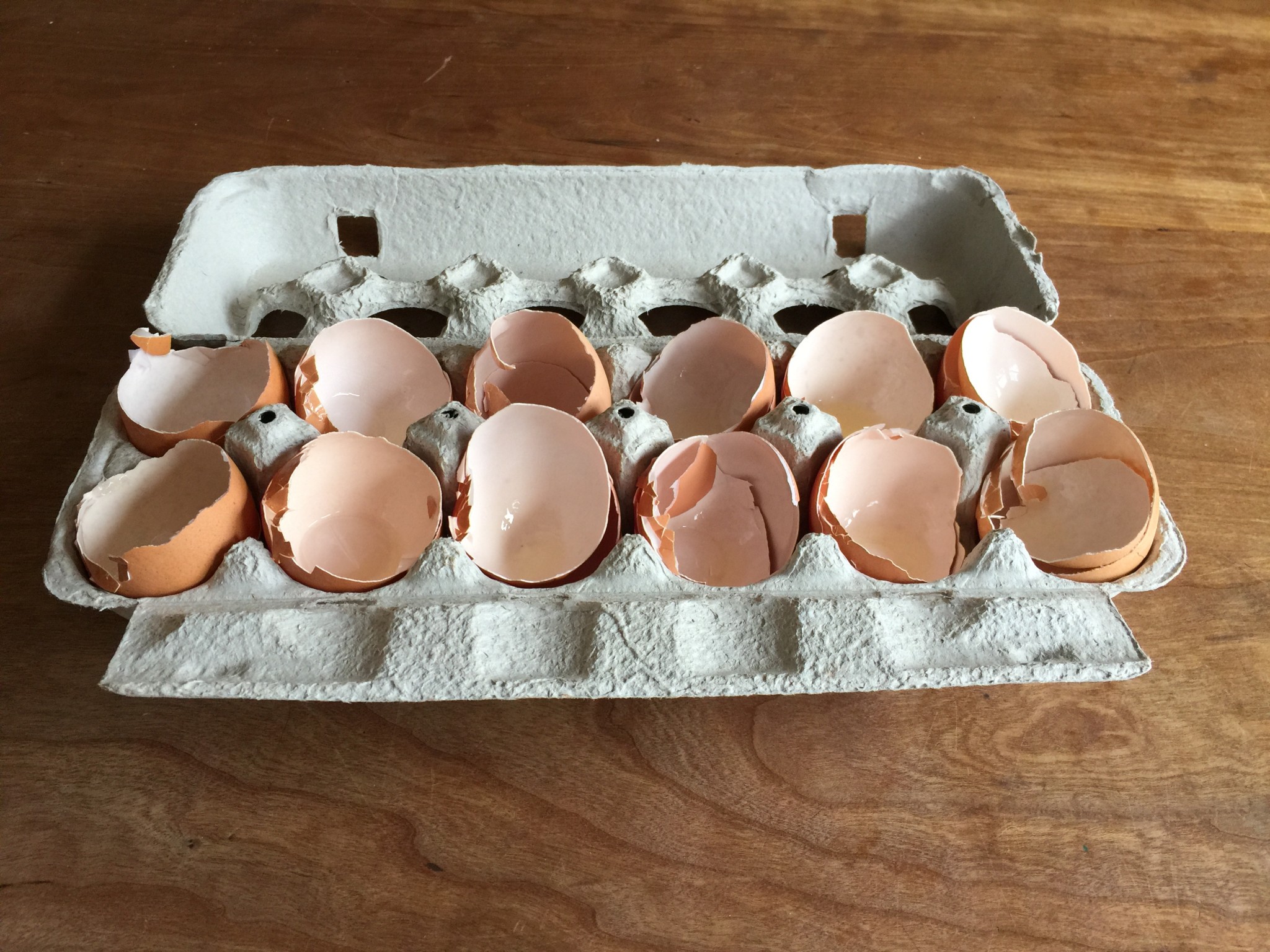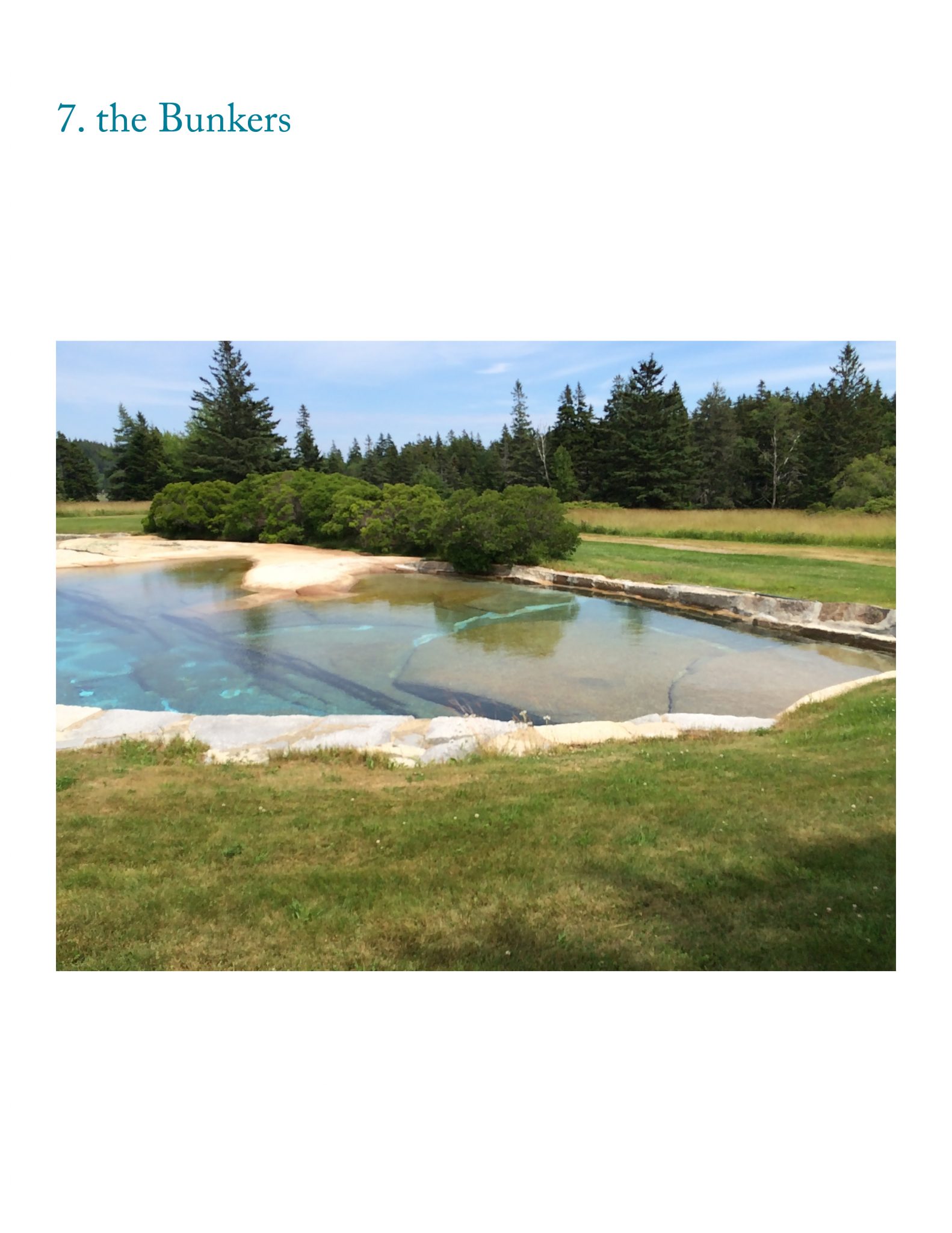February 13, 2010
Yesterday, an inauspicious Friday leading into Valentine’s day weekend, it snowed in Raleigh. Today, puffy froth clings precariously to trees and wood railings. Unlike the disruptive January snows that shut down the town, this white sweep is but a flamboyant curtsy, the last bow before winter withdraws. It will disappear by nightfall.
This same Friday, standing in my kitchen, I opened a small envelope from Bowen Island, British Columbia. The ephemera inside was an original holiday greeting designed by Marian Bantjes. She makes and sends these trinkets at Christmastime, Halloween and Valentine’s Day. Among my most treasured is one of a hundred and fifty hearts she drew, for a hundred and fifty people. This one is mine:
 For a 2008 mailing, she rendered flowing letters, each nestled inside a pastille pink heart. Marian assembled and inserted sets, printed on delicate, vellum wafers, into 300 individually addressed, glassine envelopes. In my case, a “D”, “N”, “I”, “S”, and two “E”s slid out of their sleeve looking as if they were meant to dissolve on my tongue.
For a 2008 mailing, she rendered flowing letters, each nestled inside a pastille pink heart. Marian assembled and inserted sets, printed on delicate, vellum wafers, into 300 individually addressed, glassine envelopes. In my case, a “D”, “N”, “I”, “S”, and two “E”s slid out of their sleeve looking as if they were meant to dissolve on my tongue.
Marian didn’t make a December greeting this year. I suspect increasing popularity interfered — the result of a 2007 AIGA national conference presentation that brought her international attention. The piece I received yesterday weaves vector hearts and cupids into an elaborate valentine, laser-cut out of a Christmas card. The envelope (which my neatnik husband must have thrown away) said “Merry Valentine’s Day.” Of around 500 cards, the enclosure explains, “This one is for you.” Here in my kitchen, from a continent away, her independently honed craft captivated; that infectious, sugarless sass spoke.
…
At nearly the exact hour Marian’s sliver of delight appeared in my mailbox, she was presenting at the TED 2010 conference. A photograph posted on the website today captures her addressing the audience from a sophisticated set. She is well lit. She is wearing gorgeous, decorated boots. A backdrop of her work cascades behind, like a technicolor Niagara Falls. Unanchored to a podium, she looks confident. She looks special. She looks, well, famous. Until I encountered this image, I had thought about her TED talk in relation to myself: Marian is the only first-degree-of-separation person I know, (I mustered), who has been invited to that stage! I had yet to recognize my envy.
The caption reads “On every job I ask: Does my work bring joy? inspire wonder? provoke curiosity?” She speaks of joy, and here I sit, obviously not in the audience, stewing. I can imagine the talk revealing her limitless curiosity, manifested in bits of ink and pigment, pulp and other ordinary matter. Countless marks laid down or manipulated, one by one, using the very same tools I use. I have been a beneficiary, on occasion, of these diaphanous wonders she floats out into the world. I have known that joy. And I’m not feeling it now.
 One of Marian’s many projects was to design a small die impression for the Penny Smash project. She settled on the word “empathy” because, she reckoned, the sentiment just might cause a person, fingering the souvenir from time to time, to view a situation differently. Oh for the feel of a smashed penny in my pocket! I’m curious if she projected the wee charm on that massive TED screen.
One of Marian’s many projects was to design a small die impression for the Penny Smash project. She settled on the word “empathy” because, she reckoned, the sentiment just might cause a person, fingering the souvenir from time to time, to view a situation differently. Oh for the feel of a smashed penny in my pocket! I’m curious if she projected the wee charm on that massive TED screen.
My first-degree-of-separation, distant and thin as it is, prompts acute and faceted feelings — greater joy, and its ever-present complement, the threat of disappearing. I’m not the first to notice that the ephemeral nature of such things inspires the often fragile and uncommon sense of joy. Collusion between refiguring molecules and natural forces can catch us by surprise; and artifacts, when unfathomably crafted, can lift us up, pull us against gravity, how ever momentarily.
February 14, 2010
Today is Valentine’s Day. The snow has slipped away, unceremoniously. I confess that I didn’t make or buy a card for my husband. He, on the other hand, in sweet John Hartzog style, set out a modest stockpile of exotic chocolate bars on the kitchen table, topped with a hand-crafted valentine.
John is not a designer; in fact can barely scratch out a stick figure. Scissors and glue are anomalies to him. Yet pasted onto a three-inch white square torn from a notepad was a perfectly shaped, red heart. A clumsy arrow intersects it, one long line drawn in dark red ink. Riding its length to the left of the heart is the capital letter “D”; to the right, “G” and “C”.
I scrutinize the valentine, delighted and incredulous. The heart’s cut edge reveals care and concentration by an unskilled hand. I see no evidence of the technique that ensures symmetry: a faint crease down the middle. I am flummoxed. Meanwhile, John fishes something from the paper bin, then hands it to me. “Sorry,” he says, “I didn’t know you wanted to keep this.” I see a tell-tale hole in the remains. He had liberated Marian’s heart from its envelope.
…
I sit at my table, chocolate melting in my mouth. From a stack of stuff that has accumulated there, I pick out a music compilation disc — a Starbucks Christmas giveaway. Clusters of white vector doves form the word “LOVE” against a red ground. I don’t know who designed it. I suppose Marian could have. In any case, this free-gift-with-purchase is quietly converting to debris. Meanwhile, the newest TED talk videos are collecting on a site somewhere; will soon exist as replay versions of history, available to pretty much anybody.
At what point do designed things become prized? Experiences to be preserved? Can design elicit joy at all if disassociated from the making, or from the maker? Can the things we humans make really yield this kind of power? As I mull over these questions, John interrupts: “Did you get my graphic symbolism?” I study the valentine again, just to be sure. “D-GC has pierced your heart…zog?” He smiles.


